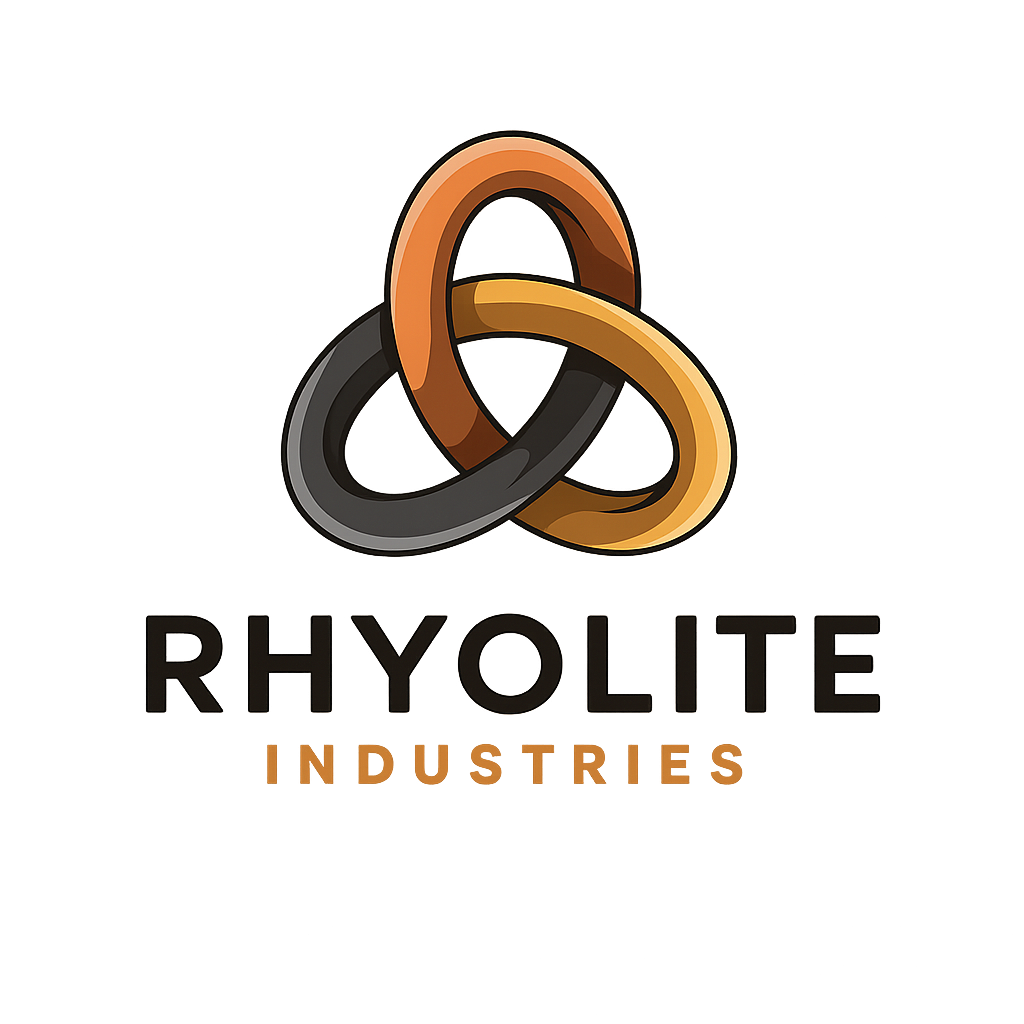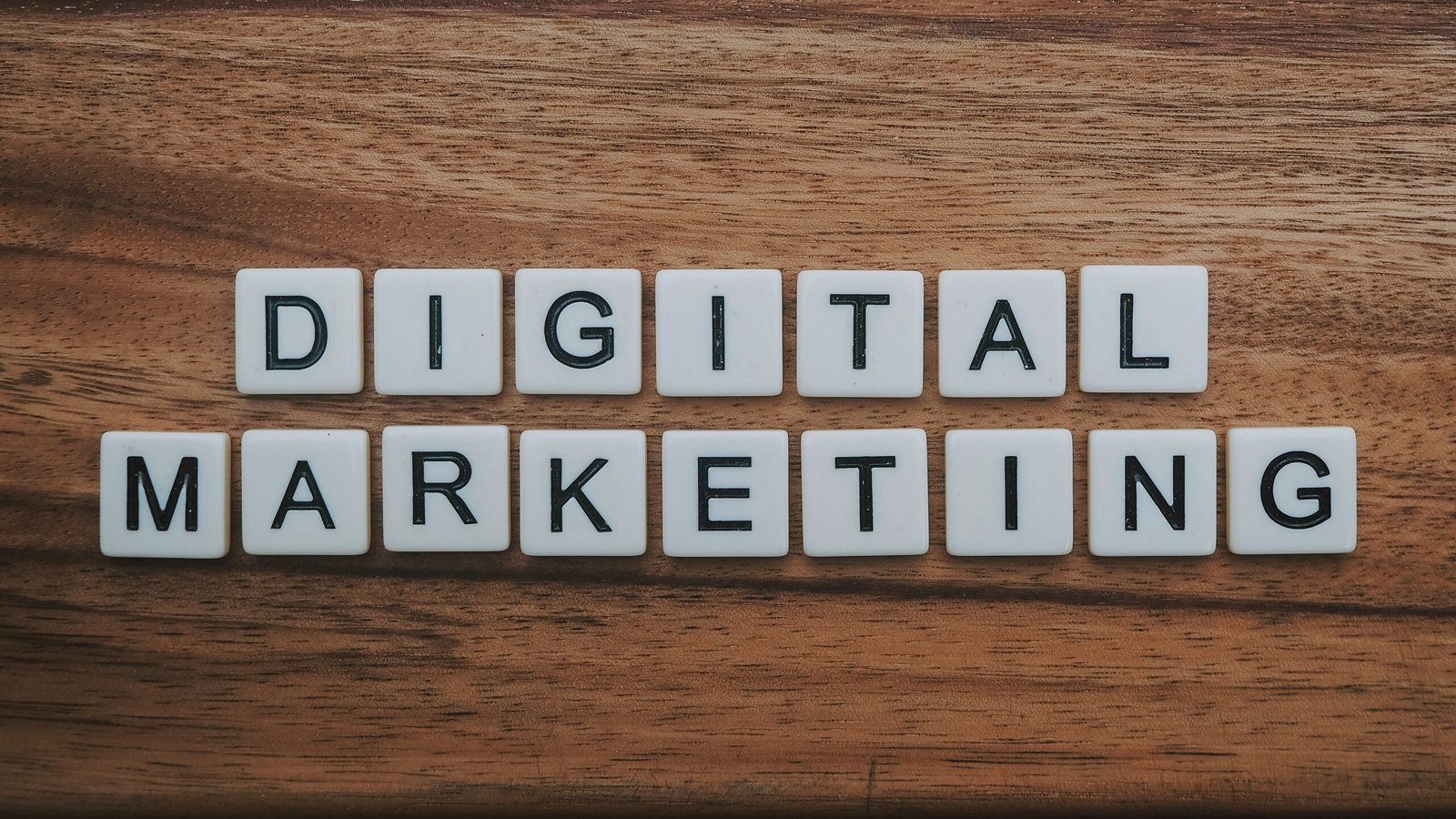
How to Start Your First Inbound Email Campaign
Starting your first inbound email campaign is a crucial step in building relationships with potential customers and nurturing them through the sales funnel. A well-structured campaign can improve engagement, boost conversions, and establish long-term brand loyalty. In this guide, we’ll walk you through the essential steps to create and launch your first inbound email campaign effectively.
1. Understand who you are serving
Before sending any emails, it’s vital to understand who your customers are. Your customer profile outlines the characteristics of businesses or individuals who would benefit most from your content. Meanwhile, Buyer Personas delve deeper into specific customer segments, detailing demographics, pain points, goals, and buying behaviors.
Considerations:
- Use historical customer data to define your customer profiles.
- Segment your personas based on industry, job role, and challenges.
- Creating multiple personas to address different audience needs can be useful.
2. Segment Your Customer Base
Email segmentation ensures that your messaging resonates with the right audience. A well-segmented list increases open rates, click-through rates, and overall engagement.
Examples of how to you can segment your customers:
- Demographics: Age, location, job title.
- Behavioral Data: Past purchases, website visits, engagement history.
- Stage in Buyer’s Journey: Awareness, consideration, decision.
- Industry-Specific Needs: Customising messages based on industry.
3. Craft a Compelling Email Strategy
Your email campaign should align with your overall marketing goals. Consider:
- Campaign Objective: The key here is delivering value to your customers, or to people interested in what you have to say.
- Email Frequency: Balance consistency without overwhelming your audience.
- Content Calendar: Plan ahead to ensure a mix of educational, promotional, and engaging content.
4. Write Engaging Email Content
Each email should provide value. How you portray your business is entirely up to you, however.
Tips for marketing email structure:
- Subject Lines: Keep them short, compelling, and action-driven.
- Personalisation: Use first names, company names, or past interactions to increase relevance.
- Call-to-Action (CTA): Make CTAs clear and action-oriented (e.g., “Download the Guide,” “Schedule a Demo”).
- Mobile Optimisation: Ensure emails display correctly on mobile devices.
5. Automate and Personalise Using Email Tools
Utilise automation tools such as HubSpot, Mailchimp, or ActiveCampaign to streamline your workflow and send targeted messages at the right time.
Automation Strategies:
- Welcome emails for new subscribers.
- Lead nurturing sequences based on user behavior.
- Re-engagement emails for inactive subscribers.
6. (Optional) A/B Test and Optimise
A bit more advanced, but very useful, is testing different elements of your email campaign to improve performance over time. A/B testing refers to sending out different versions of the same content, to see what lands better with your audience.
Elements to Test:
- Subject lines
- Email copy length
- CTA placement
- Send times and days
7. Monitor Performance Metrics
Track key performance to measure success and make data-driven adjustments. Open rate is not a great indication of interaction, my advice is to focus more so on CTR, to ensure that your audience is actually engaging with the content rather than just opening the email (to sometimes, then just delete or push to spam).
Key Email Marketing Metrics:
- Open Rate: Indicates subject line effectiveness.
- Click-Through Rate (CTR): Shows engagement with links.
- Conversion Rate: Measures how many recipients take the desired action.
- Unsubscribe Rate: Highlights potential issues with content or frequency.
Launching your first inbound email campaign requires strategic planning, an understanding of customer segmentation, leveraging automation to personalise content, and continuous optimisation. By following these best practices, you can effectively engage your audience, nurture leads, and drive meaningful business growth.
Want to take your email campaigns to the next level? Start by refining your ICP, optimising your email templates, and implementing automation.



